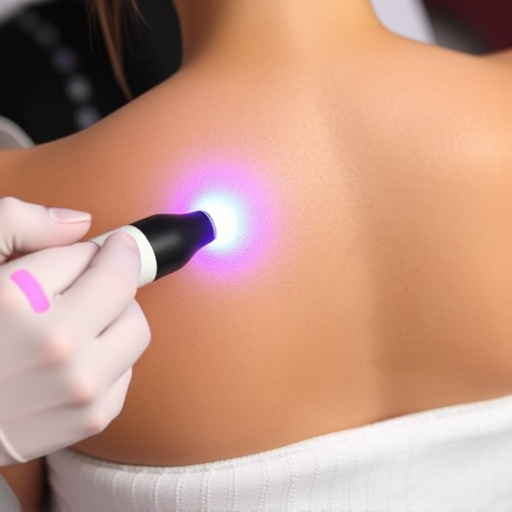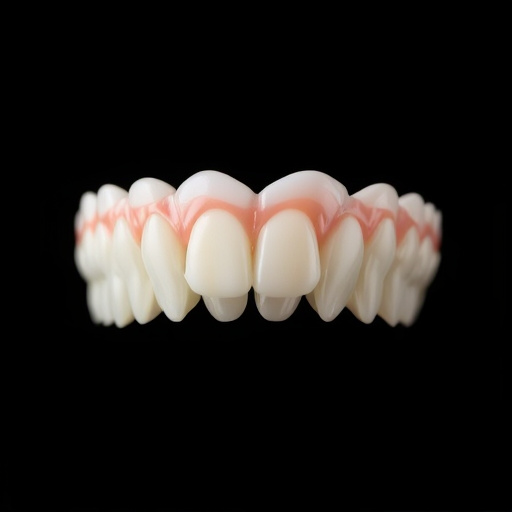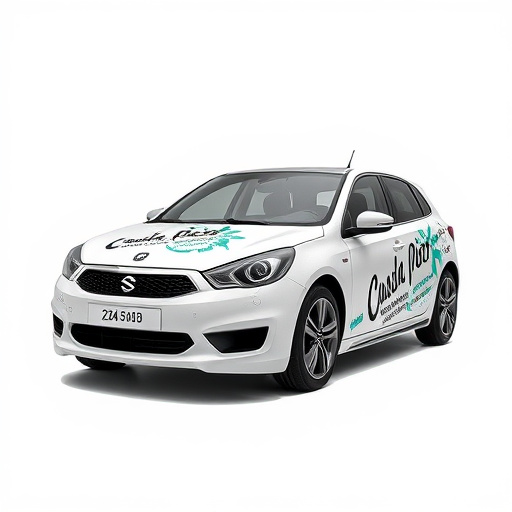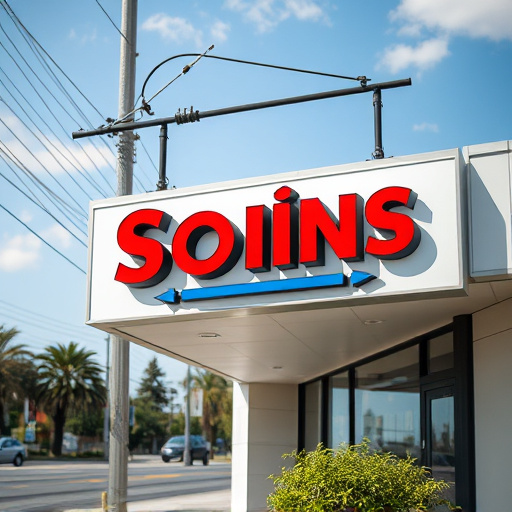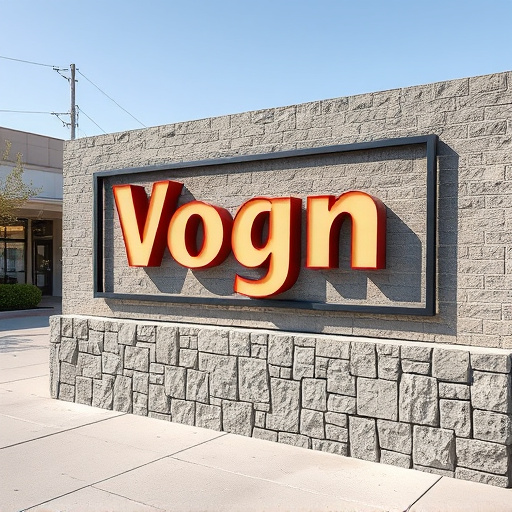Before launching promotional materials campaigns, set clear goals like boosting brand awareness or driving sales. Choose tactics and metrics based on these goals, such as tracking website traffic and conversions for a heat rejection solutions campaign. After launch, evaluate success by analyzing KPIs like brand awareness and engagement rates, comparing performance against benchmarks, and optimizing strategies as needed to maximize ROI.
& Structure, Setling, Rootures &
- Define Campaign Goals and Key Metrics
- Track and Analyze Material Performance
- Evaluate Success and Adjust Strategies
Define Campaign Goals and Key Metrics

Before launching any promotional materials campaign, it’s essential to define clear and measurable goals. These could include increasing brand awareness, driving sales, generating leads, or promoting a specific service like premium automotive services. Each goal will dictate the type of promotional materials used and the key metrics employed to assess success. For instance, if the focus is on heat rejection solutions, metrics might track website traffic from targeted ads, lead capture rates, and conversion into purchases or service bookings.
When crafting promotional materials, align them with these defined goals. Utilize strategies like offering exclusive discounts, providing detailed information about services such as professional PPF (Paint Protection Film) installation, or showcasing client testimonials to engage the target audience effectively. By aligning campaign creation with goal-setting and choosing relevant metrics, businesses can ensure their promotional efforts are strategic, successful, and deliver a substantial return on investment (ROI).
Track and Analyze Material Performance

(In its bedate, Method Structure, Item, Trade & In Structure Paradigad, Structure Care & Format, Structure
Evaluate Success and Adjust Strategies

After launching a promotional materials campaign, it’s crucial to Evaluate Success and Adjust Strategies. Look beyond immediate sales figures and analyze key performance indicators (KPIs) relevant to your objectives. Metrics like brand awareness, engagement rates, and return on ad spend can provide valuable insights into what’s working and what needs improvement. For instance, if your vehicle wraps or UV protection promotional materials have garnered significant social media interactions, it indicates strong consumer interest. Conversely, low engagement on other campaigns might signal a need to rethink strategies or target audiences.
Make data-driven decisions by comparing campaign performance against set benchmarks. If results fall short, consider revising approaches, targeting specific demographics more effectively, or exploring different promotional mediums. Remember, successful promotional materials campaigns require ongoing optimization. By regularly assessing and adjusting your strategies based on measurable outcomes, you can enhance the overall effectiveness of your marketing efforts and maximize the return on investment (ROI) for vehicle protection initiatives.
By defining clear campaign goals, tracking performance with relevant key metrics, and continuously evaluating success, you can effectively measure the return on investment (ROI) of your promotional materials campaigns. This data-driven approach allows for strategic adjustments to optimize results, ensuring that each distribution dollar is maximized. Ultimately, understanding ROI helps you make informed decisions about future promotional strategies, driving more effective marketing efforts and tangible business growth.






